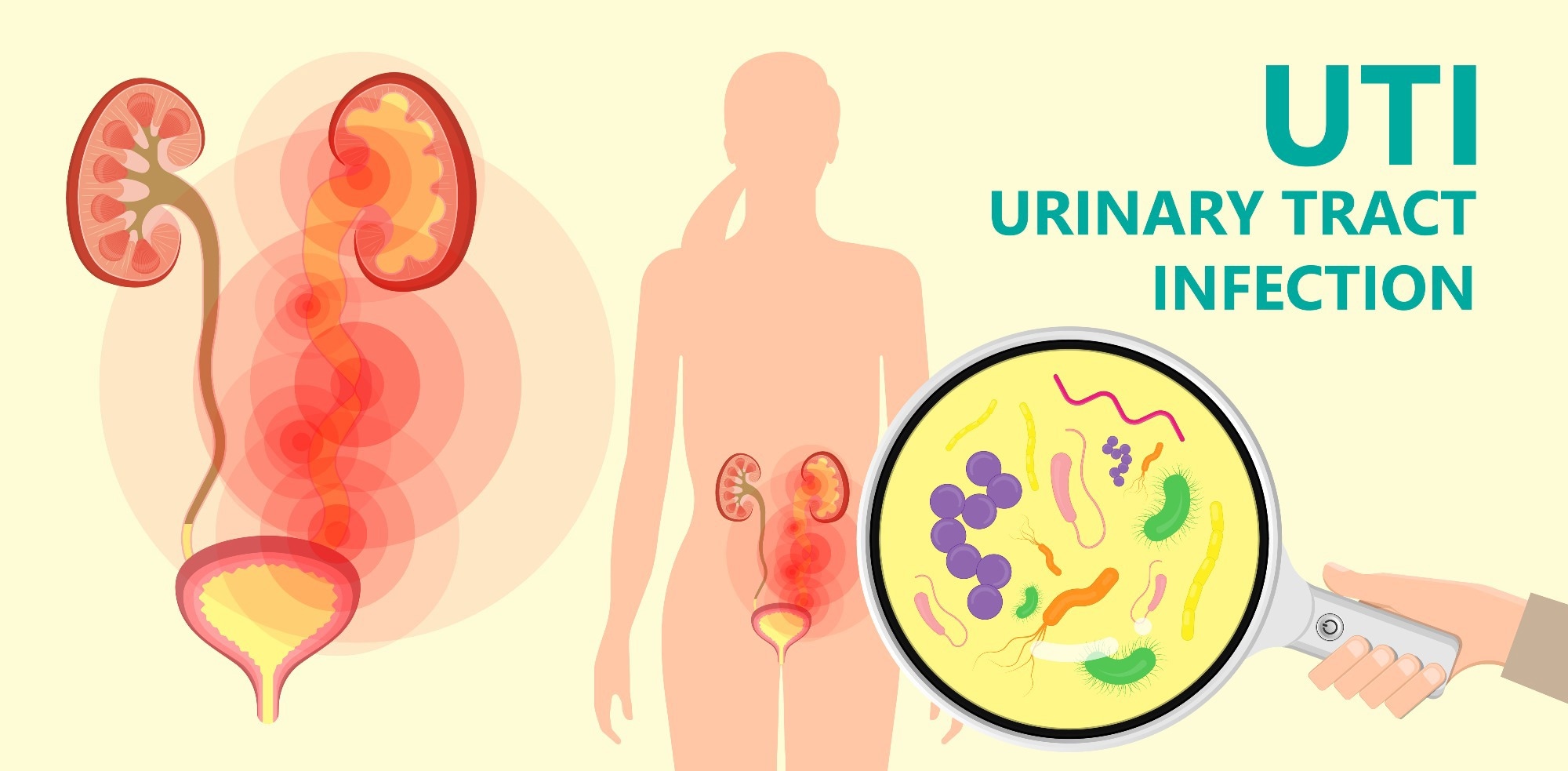The American Hospital Association’s Patients’ Bill of Rights
REPLIES WEEK 3 MSN 5550
(The American Hospital Association’s Patients’ Bill of Rights) Reply to these students posts with a reflection of their response.
1.
The American Hospital Association’s Patients’ Bill of Rights involves several key points that healthcare professionals should guarantee in the best interest of their patients. In this discussion post, I will discuss how each of these points can be carried out by healthcare personnel. High quality hospital care. The pursuit of high quality hospital care relies on healthcare professionals adeptly merging evidence-based practice, compassion, and respect. This formulated equilibrium ensures that patients receive holistic care that caters to their physical, emotional, and psychological needs. Evidence-based practice, the foundation of modern healthcare, involves weaving research evidence, clinical expertise, and patient values into healthcare decisions, ultimately leading to enhanced patient outcomes. Compassion is essential as it nurtures trust, empathy, and overall well-being, setting healthcare apart from other fields. In addition, respect assumes a pivotal role in preserving dignity, autonomy, and ethical standards, acknowledging cultural differences and patient choices to guarantee patients feel valued and heard (Xiao et. al, 2018).
(The American Hospital Association’s Patients’ Bill of Rights)
A clean and safe environment.
Safeguarding a clean and secure healthcare setting relies on the thorough enactment of specialized rules and methods. These encompasses protocols for infection control, rigorous cleaning routines, accurate utilization of personal protective gear (PPE), and effective waste management. Equally essential are endeavors to enhance patient safety, emergency response strategies, and adherence to regulatory requisites. Both patients and healthcare professionals can also be educated with these topics to promote a clean and safe environment. By honoring these directives, healthcare practitioners can establish a protected environment that reduces infection risks, safety hazards, and regulatory lapses, thus ensuring the utmost care quality for patients (Greene & Samuel-Jakubos, 2021).
Protection of your privacy.
Protecting patient information is both a legal mandate and a moral obligation. The Health Insurance Portability and Accountability Act (HIPAA) is a law that legally upholds patient confidentiality, governing the use and disclosure of protected health information. Both physicians and nurses play vital roles in preserving patient privacy. Some methods of protecting health information include securing medical record storage, control of accessibility, and two-factor authentication. Healthcare personnel should also stay current with ongoing HIPAA training and regulations. In case of incidents, clear response and reporting procedures are paramount in order to promptly resolve flaws in the process.
(The American Hospital Association’s Patients’ Bill of Rights)
Help with your billing claims.
To help with billing claims, healthcare professionals can ensure precise documentation of medical services, verify insurance coverage, and employ accurate coding to minimize claim denials (Xiao et. al, 2018). Prompt submission and effective communication are imperative, providing patients with clarity on billing processes. In case of disputes, professionals can guide patients through appeals and maintain contact with insurers. They also facilitate connections between patients and financial counselors for financial support. In essence, staying proactive eases the billing burden for patients. As you can see, this transformative approach of healthcare professionals ensuring patients’ rights are protected not only benefits patients, but also enhances the overall healthcare experience.
(The American Hospital Association’s Patients’ Bill of Rights)
2.
In the present discussion I was able to Examine the effect of legal and ethical practice processes on healthcare. I was also able to apply ethical guidelines to improve my Nursing practice and, in consequence, improve my patients’ outcomes. Healthcare, as the name suggests, means to care for our patients’ health. Our patients are human beings. Starting at this point, we must keep in mind that our patients are biological, psychological and social entities. If one of these sides fails, then the patient will loose the desired healthy balance.

Many times we, as healthcare personnel, keep focusing on clinical diagnoses, management, treatment and clinical outcomes. However, the first and big step that makes a difference in those outcomes becomes establishing a good and trustable relationship with our patients. Nurses need to keep this in mind at all times, as Nurses should always advocate for their patients. Advocate means to seek for the best conditions for the patients from the beginning to the end. At this point, we need to ensure that all the patients’ rights are respected and fulfilled. The Sustained Development goals have been followed for many worldwide leaders. These goals promote same rights in all population groups. Also they promote that these groups should be treated with dignity (Kwame, A. Petrucka, P.M 2022).
One of the goals specifically promotes equity in healthcare, which means, same and best possible attention quality to every person who seek health care attention, regardless race, sex, religion, culture beliefs, social level or even if the patient cannot afford the expenses in a health care facility. Every person has the right to get appropriate medical treatment and the right to know who are their healthcare givers. The patients also have the right to know everything about their health condition.
In addition, the patients have the right to participate in choosing a treatment option, after learning the benefits but also the side effects of a given option. The patient has the right to stay in an environment with good hygiene quality. The patients also have the right to decide who can make decisions regarding their condition when cannot speak by themselves and even to decide/give advanced directions in these conditions. At any moment, the patients and their immediate caregivers also have the right to get patients’ education regarding treatment or therapy.
Finally, the patients have the right to keep their information safe and private, which means that this information cannot be shared without consent to any person who is not in their health care team. However, the patients must collaborate with the healthcare team in order to provide all the information regarding clinical history and previous records in order to get a tailored attention and the best possible outcome. In conclusion, the Healthcare team needs to advocate for their patients, making sure that the best quality attention is provided regardless their social condition. The points exposed above are different ways we can advocate for our patients, developing a strong and trustable relationship with them, which is one of the main foundations for obtaining the best possible outcomes.
References
https://www.americanpatient.org/aha-patients-bill-of-rights/
Do you need a similar assignment done for you from scratch? Order now!
Use Discount Code "Newclient" for a 15% Discount!

:max_bytes(150000):strip_icc()/an-overview-of-psychopathology-4178942-db4d007d4b104beaa89b4768a0f648fa.jpg)








